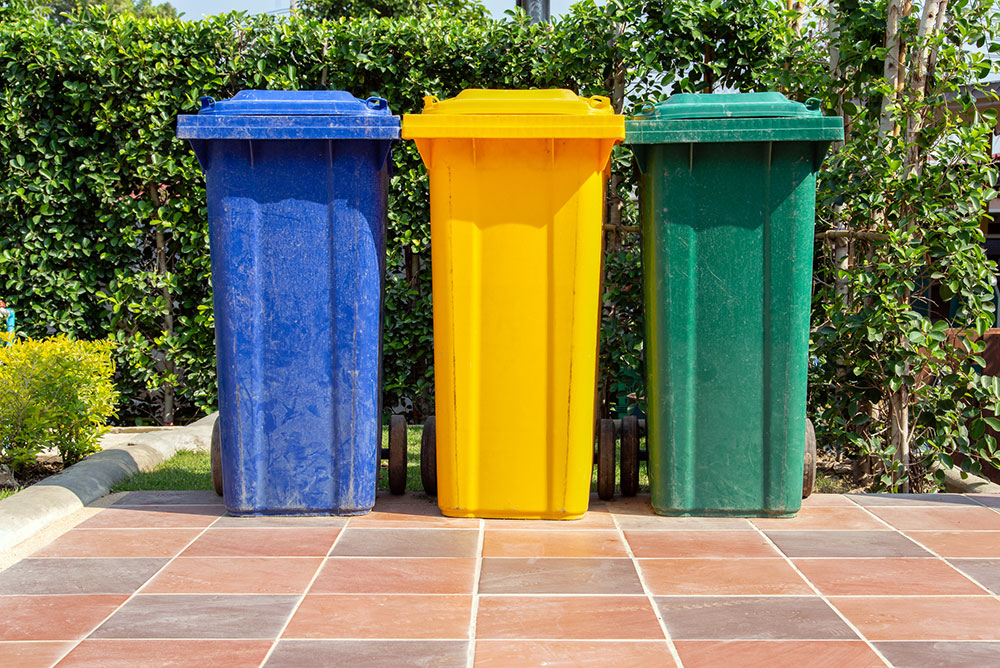Household waste: help standardize bin color coding!

AFNOR is launching a call for participation to select harmonized colors for household waste bins. Deadlines are tight: the government’s roadmap for the circular economy sets a deadline of 2022.
Already on the agenda of the Grenelle Environment Forum over ten years ago, and then mentioned in the 2015 Energy Transition Act, the harmonization of household waste bin colors is back in the news. With the government’s circular economy roadmap (FREC) having set 2022 as the deadline for achieving this, it’s high time for a national consensus on the issue. Particularly since the extension of sorting instructions for plastic packaging and the increase in recycling targets have prompted French consumers to demand consistency and simplification.
The ” materials for waste management ” standardization committee launched the project at the end of January 2019, with the aim of finalizing the voluntary standard, numbered XP H96-300, by early 2020. ” Container manufacturers are at the table, along with trade federations, eco-organizations, inspection bodies and ADEME ,” explains Paula Castillo, AFNOR project manager in charge of coordinating the project. What about local authorities? None of them has yet made a formal commitment, despite our requests,” deplores the project manager. Yet this is a way of directly influencing choices, and thus limiting the costs associated with the gradual, natural renewal of container fleets. ”
XP H96-300: blue, white and grey bins
Presented on March 20 to AFNOR’s “consumer priorities” working group, which brings together consumer organizations including approved associations, the project’s sole aim is to make it easier for the French to sort their waste on a daily basis. In practice, both the points of voluntary collection and the bins with lids or covers collected door-to-door change color from one town to the next. White, green, grey, yellow, blue, brown… Even if certain colors are spontaneously associated with a stream, for example yellow for recyclable packaging, the variations are, as ADEME already pointed out in 2011, a difficulty in encouraging sorting.
The future experimental standard XP H96-300, to be applied on a voluntary basis, should provide answers on this point. The first working meeting of the standardization committee is scheduled for April 3, 2019 at AFNOR’s premises. Three more meetings are planned for this year.
Getty Images/Pakin Songmor